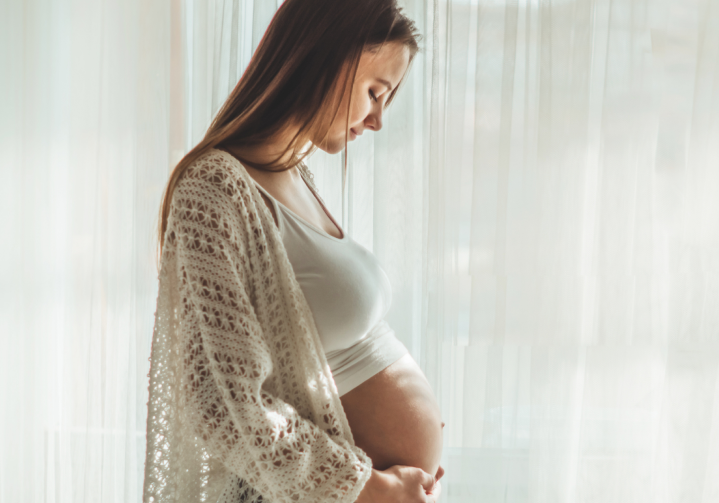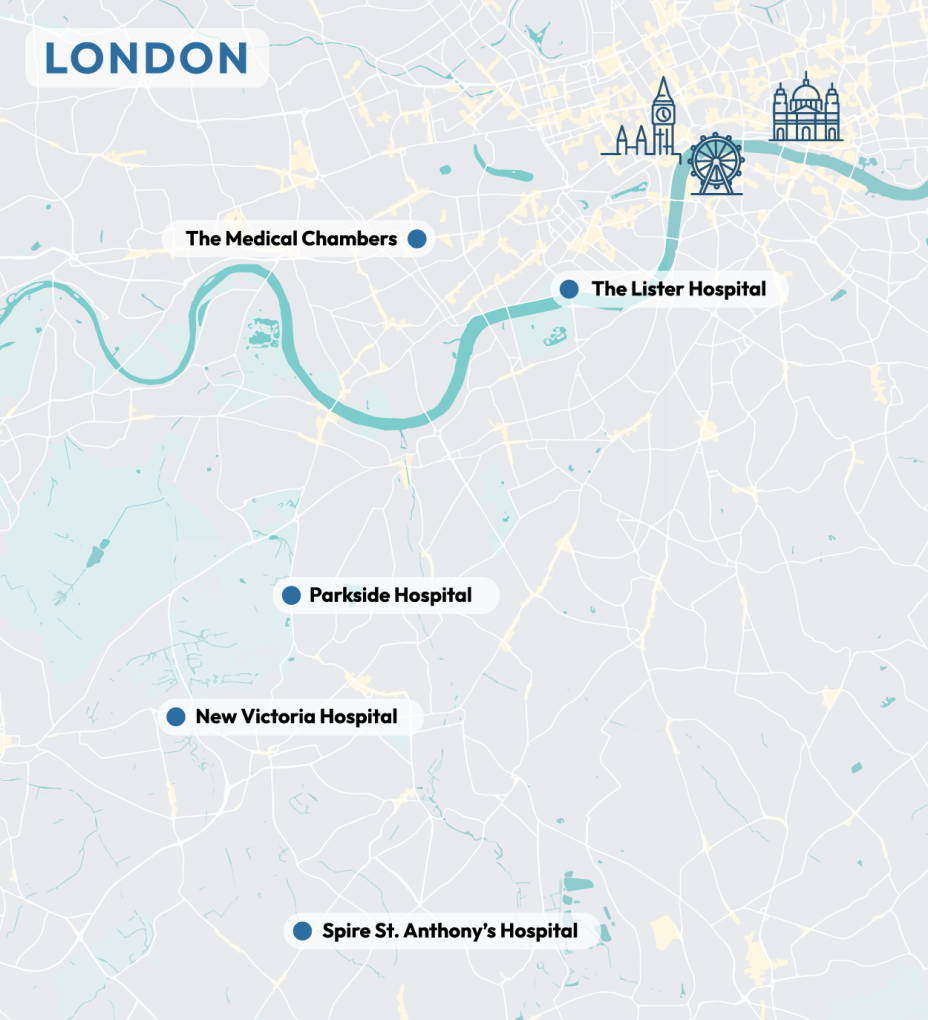Surgical treatment – fibroid removal
In many cases, where fibroids are large and cause a lot of pain, discomfort, or other negative effects, surgery may be the best or only logical treatment option. We offer various surgical procedures to deal with fibroids of different locations and of varying sizes.
Laparoscopic myomectomy
A few small incisions are made on the abdomen so that surgical instruments can pass through in order to remove fibroids and repair the uterus.
Open myomectomy
When dealing with very large or numerous fibroids the best way to remove them is via a bigger scar (like a bikini line scar). The steps of the procedure are the same as during keyhole surgery (laparoscopic myomectomy).
Open or laparoscopic hysterectomy
Closer to the menopause, if the woman completed her family or when dealing simultaneously with other conditions removal of the uterus together with the fibroids might be the ideal treatment option. The operation can be either performed via keyhole surgery or a bigger scar.
Hysteroscopic resection
An incision-less option, this involves the use of a hysteroscope (a narrow tube telescope) inserted into the vagina, along with tiny surgical instruments to operate on the womb from within.
Hysteroscopic morcellation
Another procedure that does not involve any incisions. A hysteroscope passes through the vagina into the uterus, and a morcellator (a type of surgical instrument) cuts away the fibroids from within.
Uterine artery embolisation (fibroid embolisation)
Blood supply to the fibroids is cut off without impacting the uterus supply. Subsequently, the fibroids gradually shrink.







